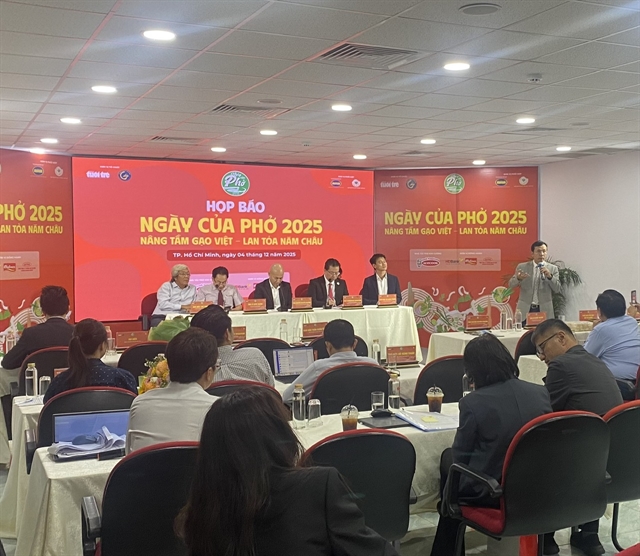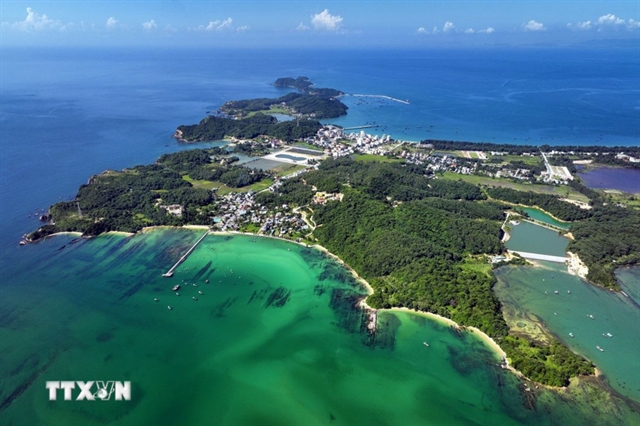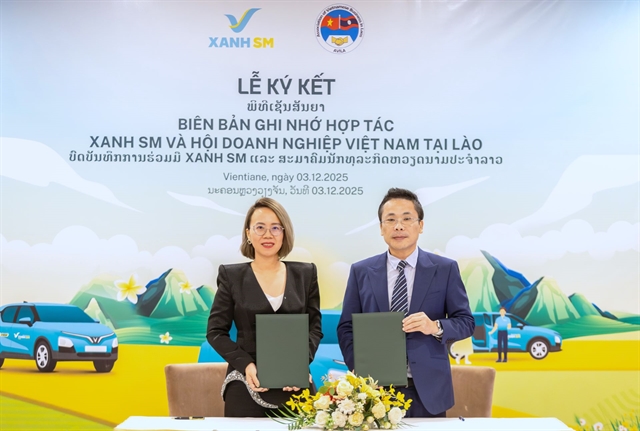 Society
Society


|
| Breeding shrimp and mud crab in the same rice fields offers high incomes for Khmer farmers in Kiên Giang Province’s Vĩnh Thuận District. – VNA/VNS Photo Lê Sen |
KIÊN GIANG – The lives of ethnic Khmer people living in Kiên Giang have improved significantly after the province efficiently implemented local and central government support policies for them in recent years.
The Cửu Long (Mekong) Delta province has 56,800 Khmer households with 242,602 members, or 13.4 per cent of its population and the third largest number in the delta after Sóc Trăng and Trà Vinh provinces.
As part of the support policies it has provided them with easy loans, free health insurance, clean water, and power, and built other infrastructure facilities, according to its Ethnic Minority Affairs Committee.
Credit programmes from local and central governments have provided VNĐ211 billion (US$9.1 million) to 18,128 Khmer families for doing agriculture or business since 2014.
The province has also allotted housing lands to 635 poor households and provided free health insurance for 424,993 people.
The number of Khmer households with access to clean water has increased from 77.9 per cent in 2014 to 88.3 per cent now, while almost all have access to power compared to less than 80 per cent in 2014.
Thanh Phúc, head of the Ethnic Minority Affairs Committee, said with the support of local and central government support, Khmer farmers have switched from mostly growing rice to other high-value crops, vegetables and fruits besides livestock.
Many have also begun to work in industrial parks, he said.
With the implementation of the support policies, the number of poor households has reduced from 10,346 in 2015 to 4,855 now for a 7.9 per cent rate, according to the committee.
Effective farming models
Localities in the province have implemented several sustainable poverty reduction models and included Khmer households in them.
They include raising cows, buffaloes, pigs, eels, and fish, growing vegetables and farming rice and shrimp by turns in the same fields.
In Vĩnh Thuận District, local authorities have introduced several effective farming models to the Khmer like breeding mud crabs and shrimp in the same pond, raising giant river prawns and rice-shrimp farming.
The rice - shrimp model has helped improve the incomes of the Khmer since most farmed only one or the other earlier.
Thanh Danh, among the farmers who have made the switch, has a 1ha field in Vĩnh Thuận’s Vĩnh Bình Bắc Commune and earns more than VNĐ100 million ($4,300) a year now.
The yields of both rice and shrimp are also higher than in the monoculture model, he said.
The soil in the commune is affected by alum, and farmers could only grow pineapple previously.
Later local authorities built irrigation canals and farmers could breed shrimp, but the animals grew slowly or died because ponds were not cleaned.
Under the instructions of agricultural officials and the encouragement of authorities, farmers have switched to growing rice in the rainy season and breeding shrimp in the dry season.
Huỳnh Tấn Phi, chairman of the Vĩnh Thuận People’s Committee, said most shrimp farmers in the district have switched to this model.
“The model has high potential and the district has decided to expand it.”
In Kiên Lương District, the Dương Hòa Commune Farmers Association has taught Khmer farmers new farming models to improve incomes in recent years.
They include switching to fish, mud crabs, black tiger shrimp, buffaloes, and ducks on low-yield rice fields.
Dương Văn La, a farmer in Dương Hòa’s Tà Săng Hamlet, has switched from rice to freshwater fish after the association gave him training.
He now breeds snakehead fish, yellow bighead catfish and climbing perch, he said.
“I harvest two to three crops a year and earn VNĐ50 million ($2,160).” – VNS




